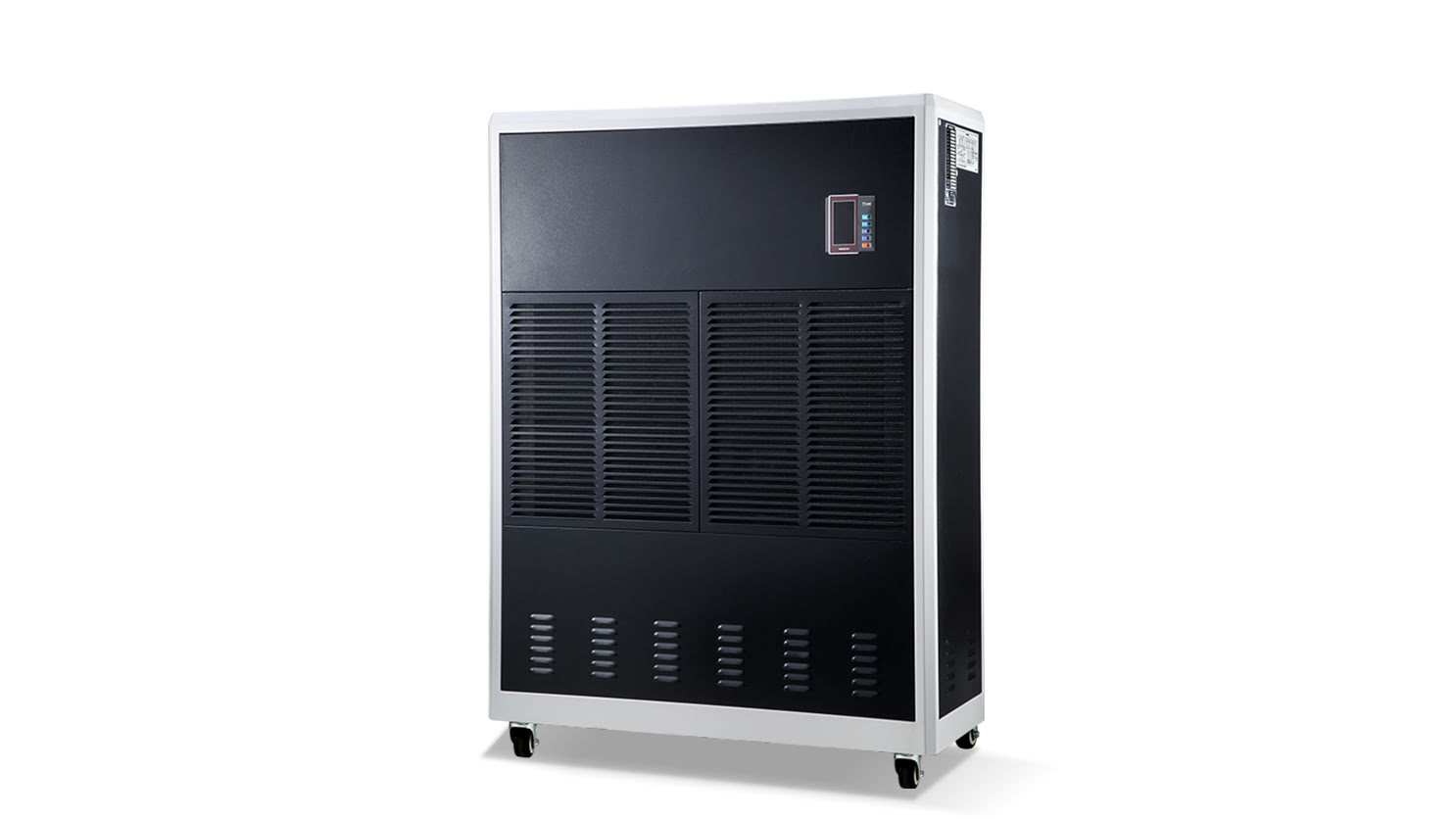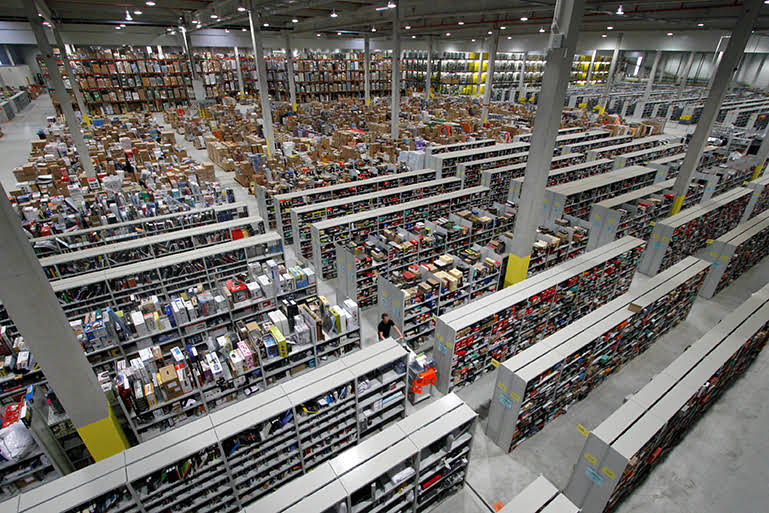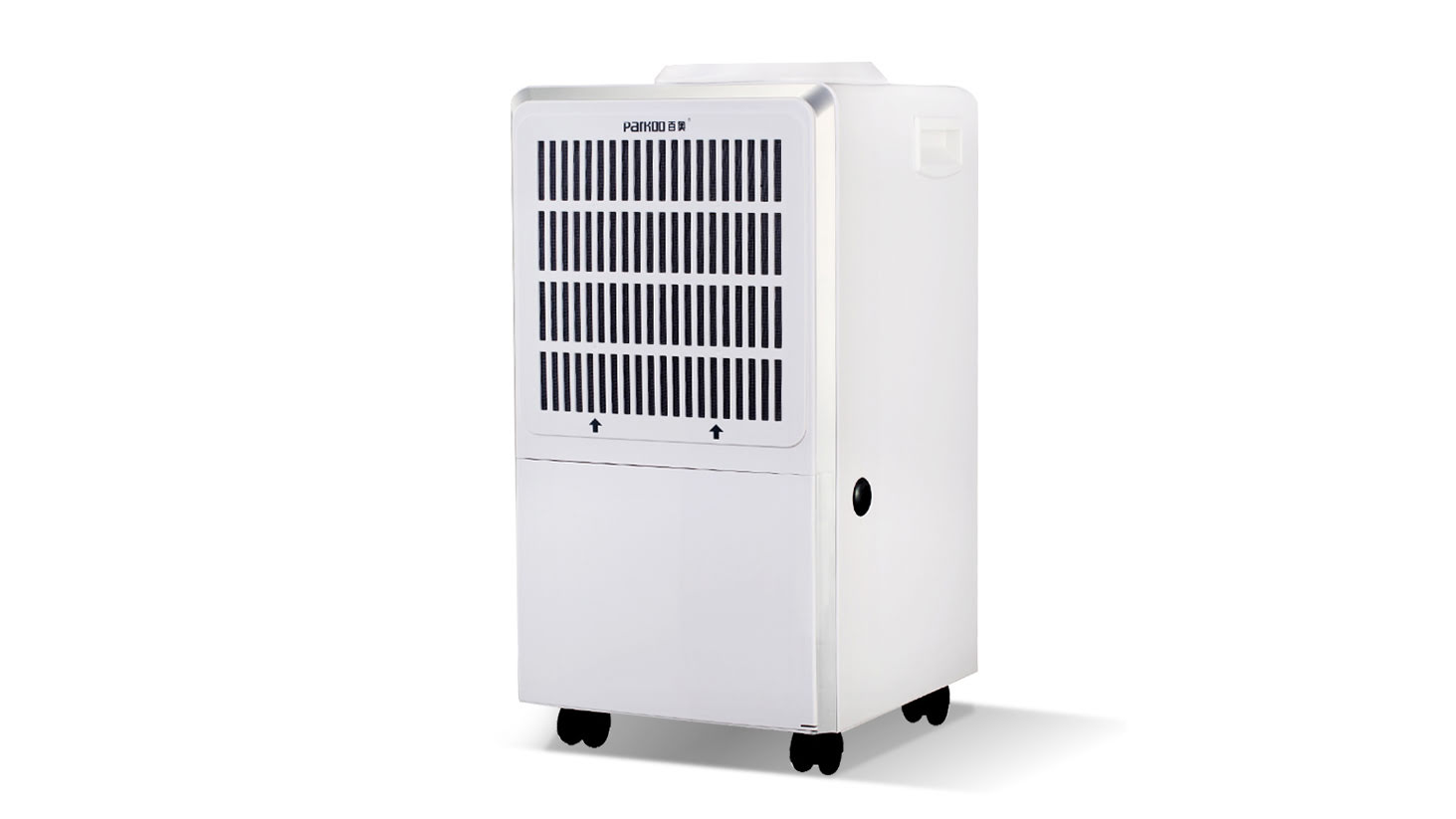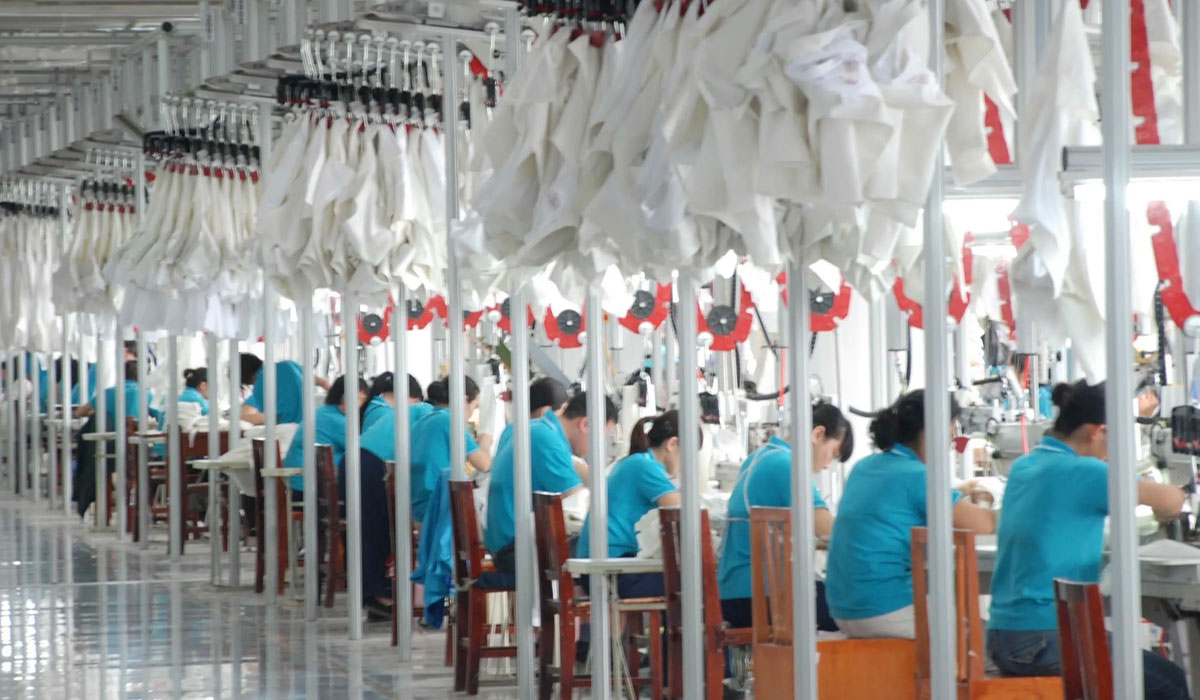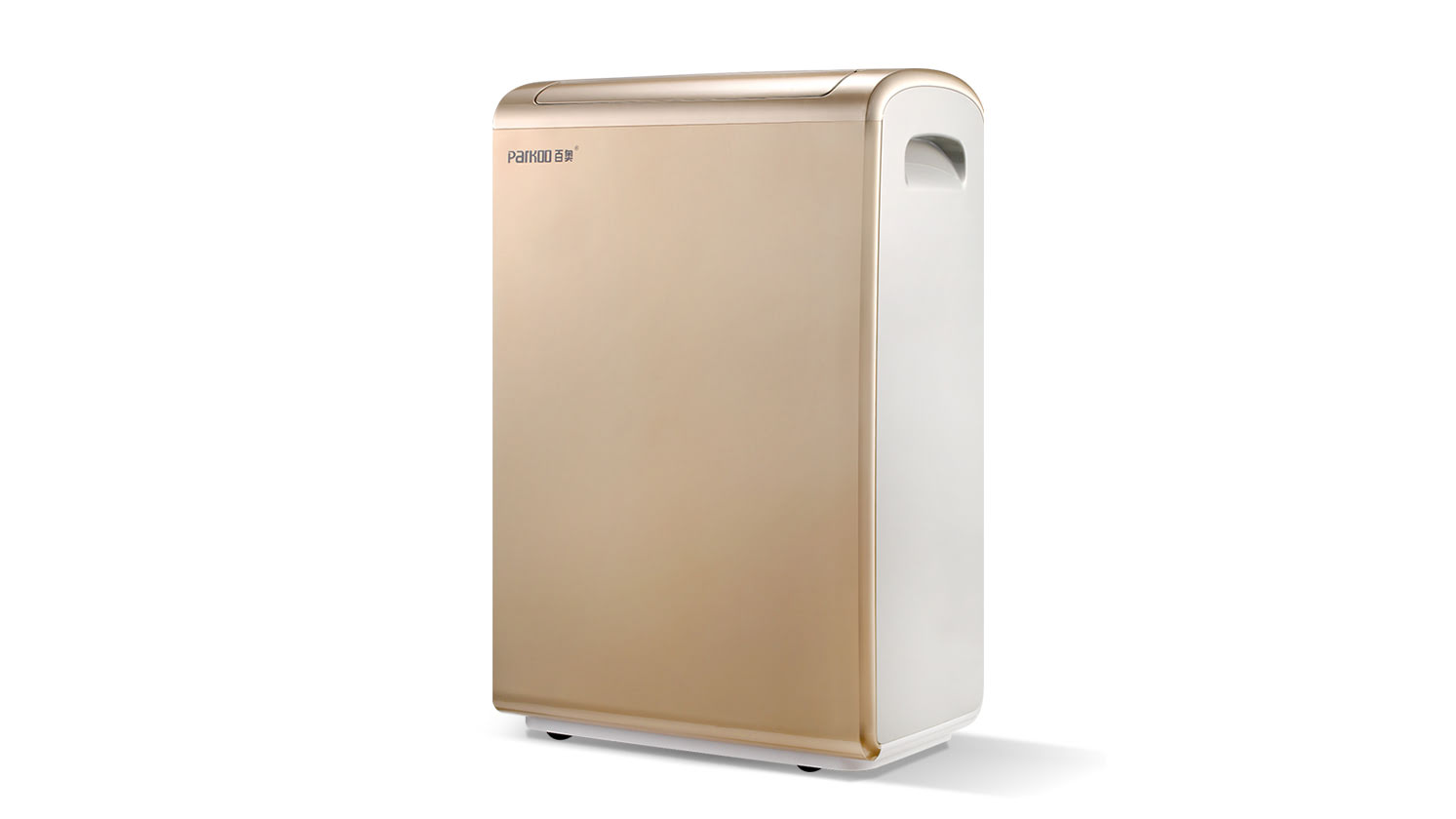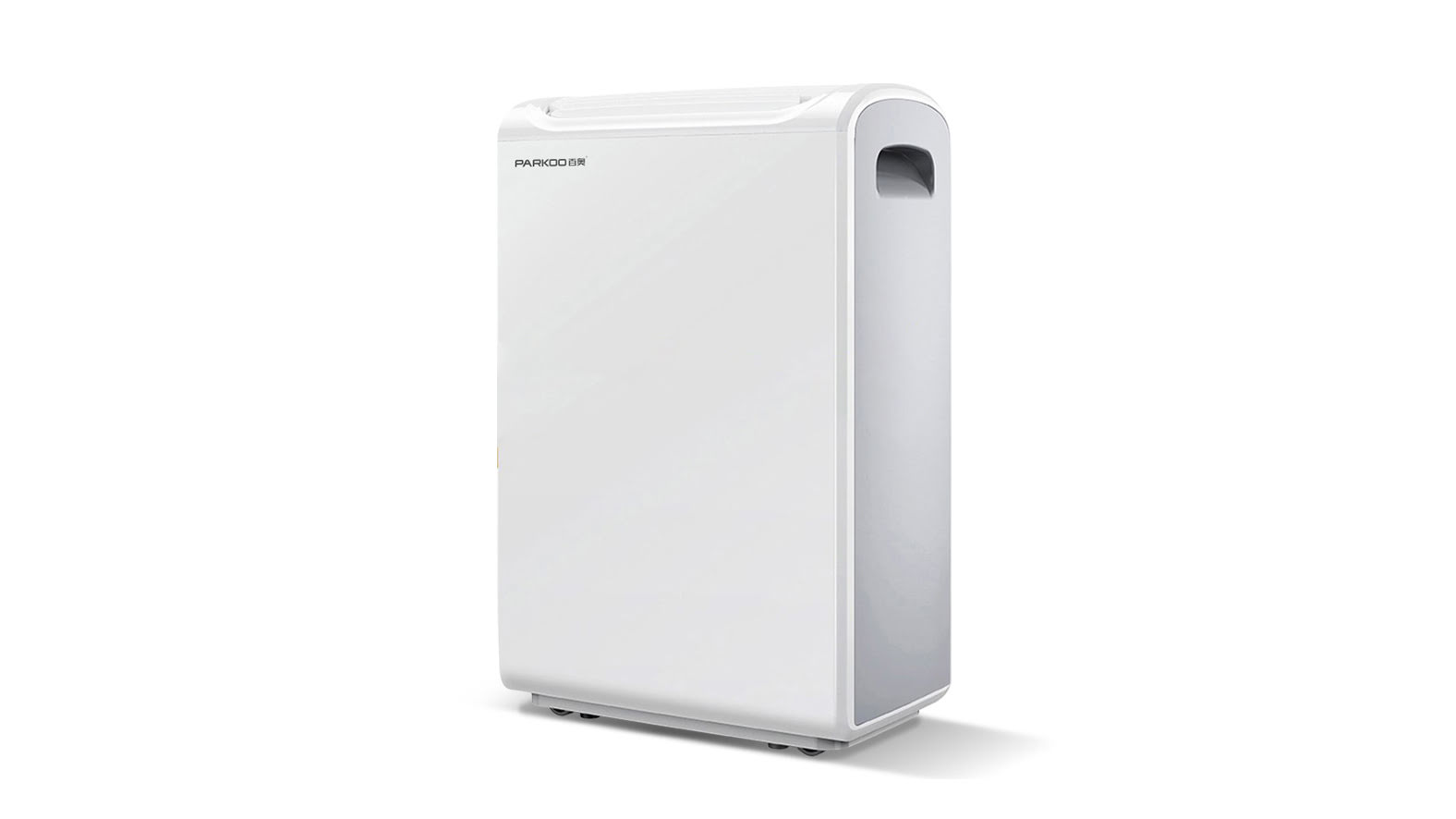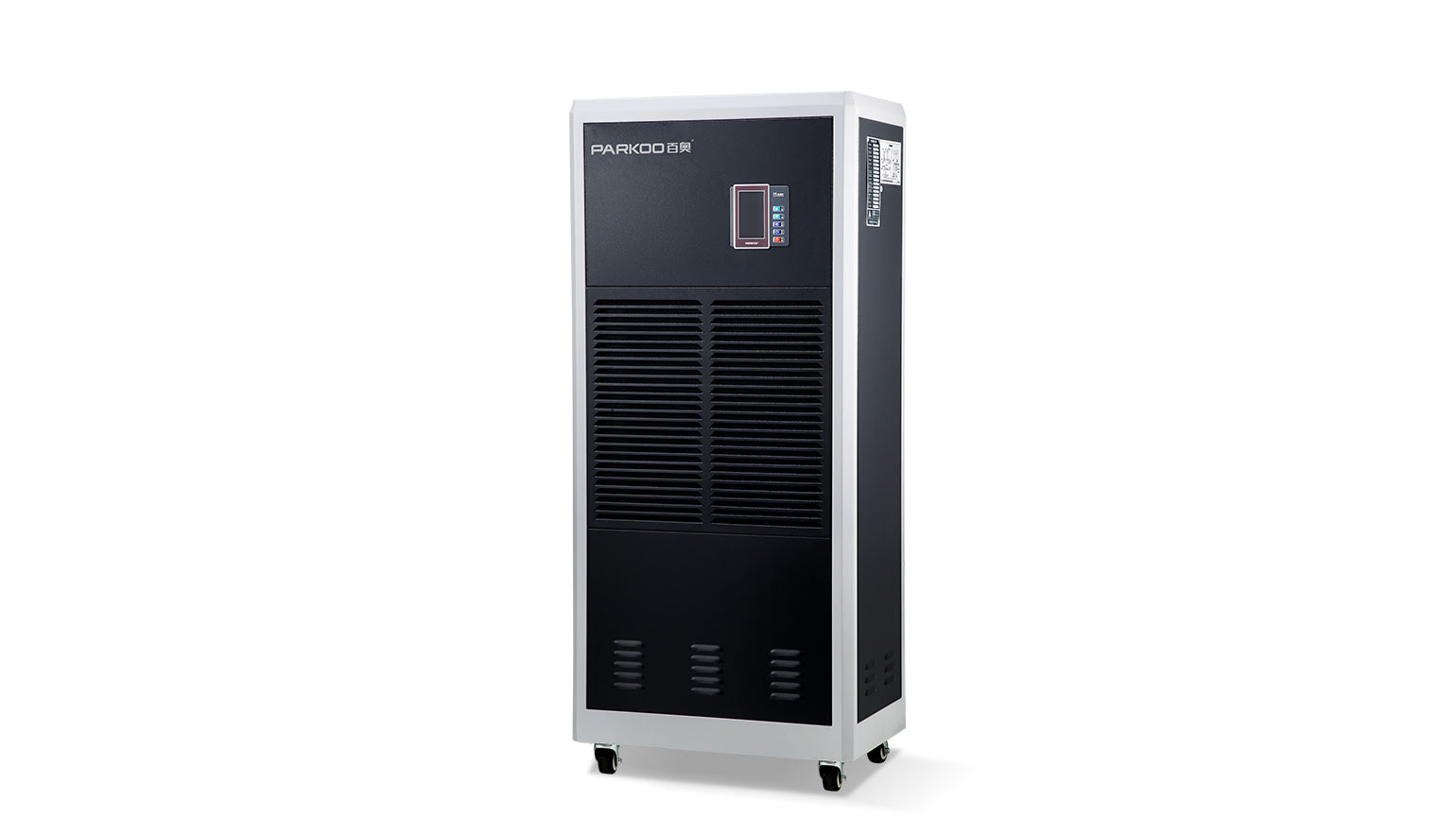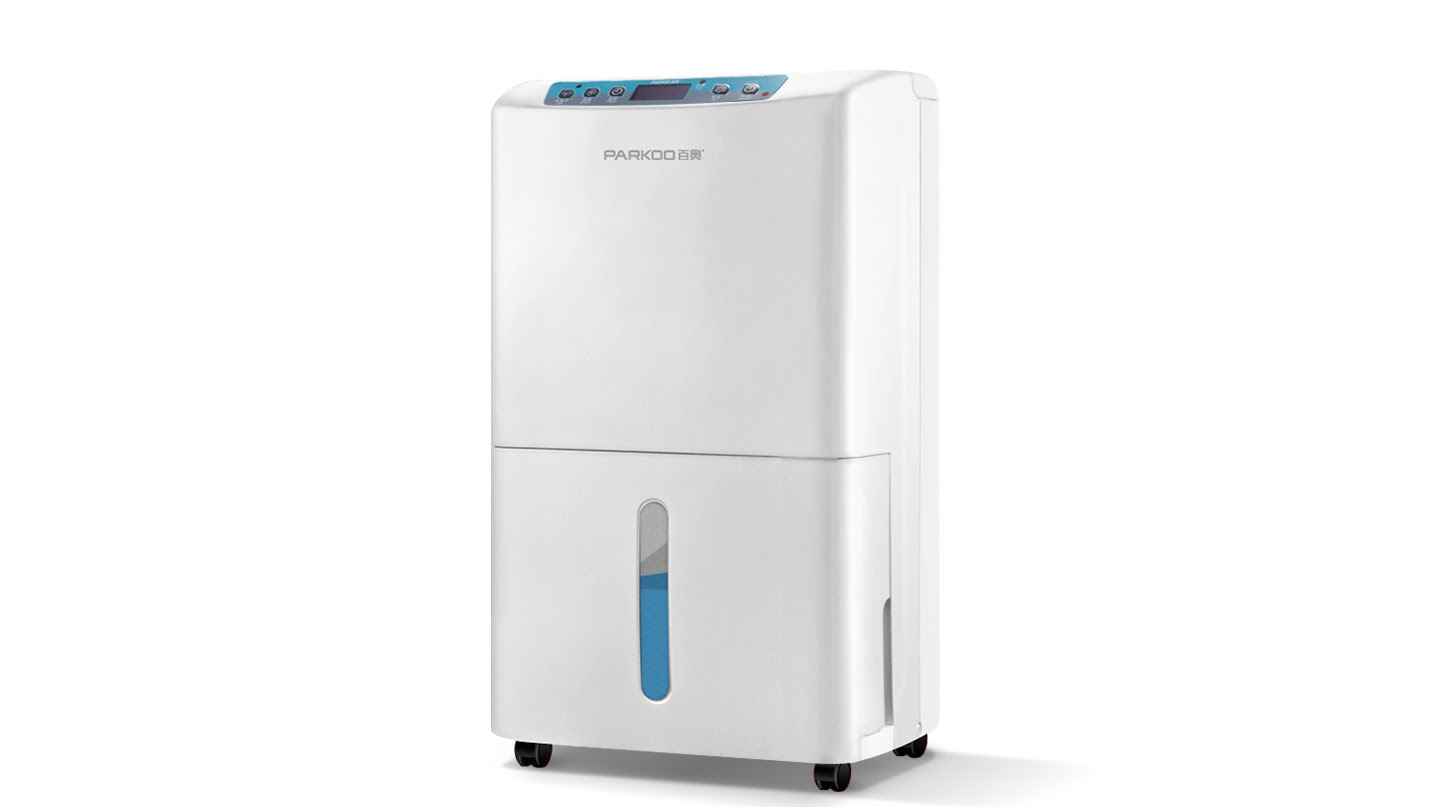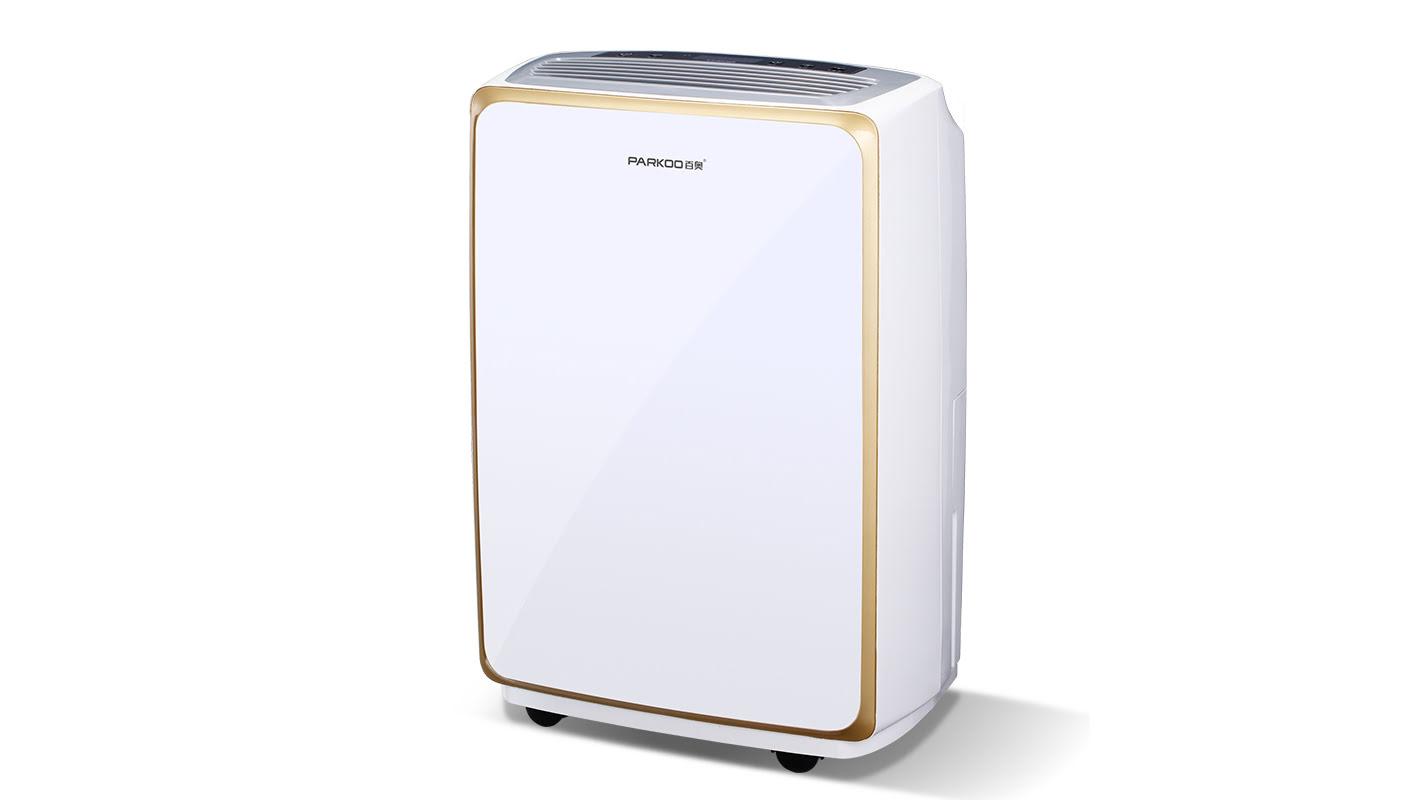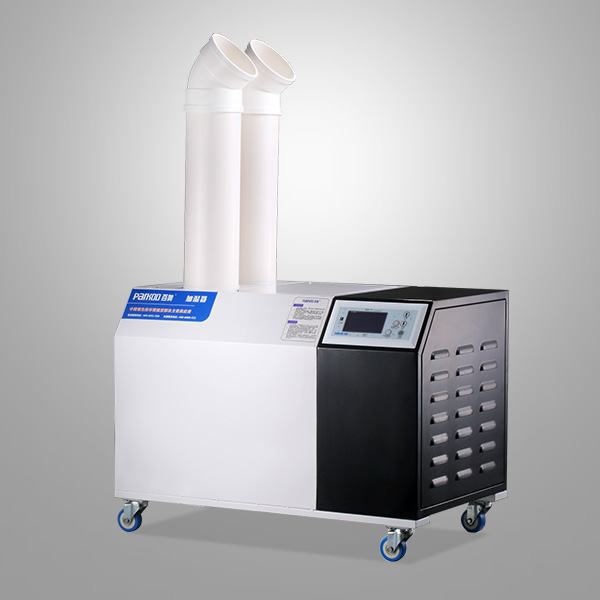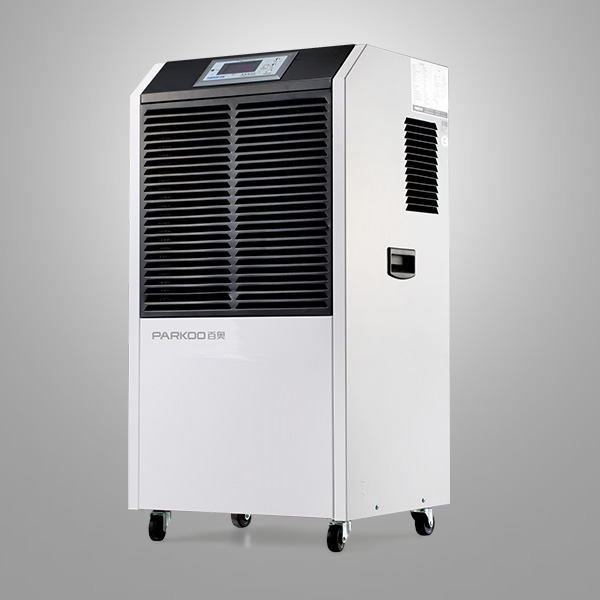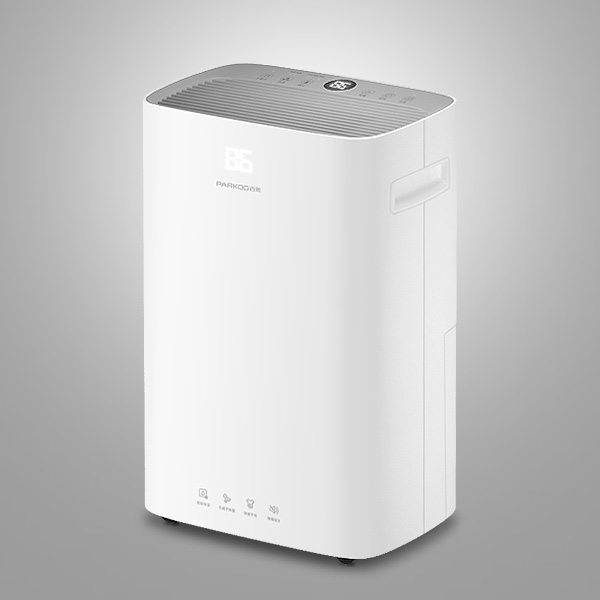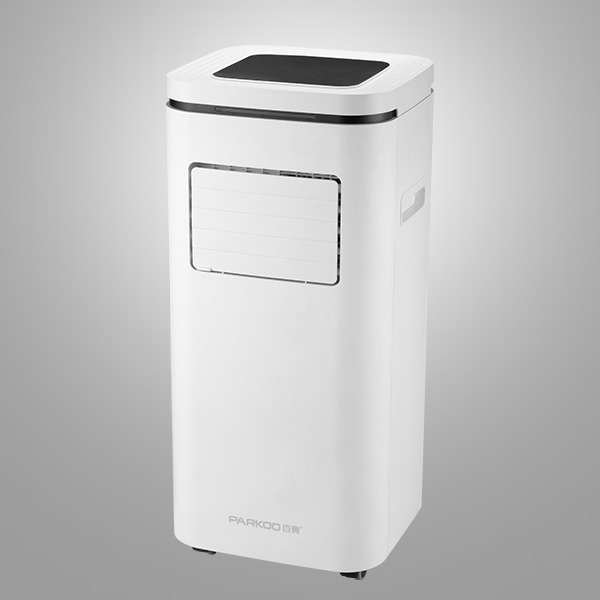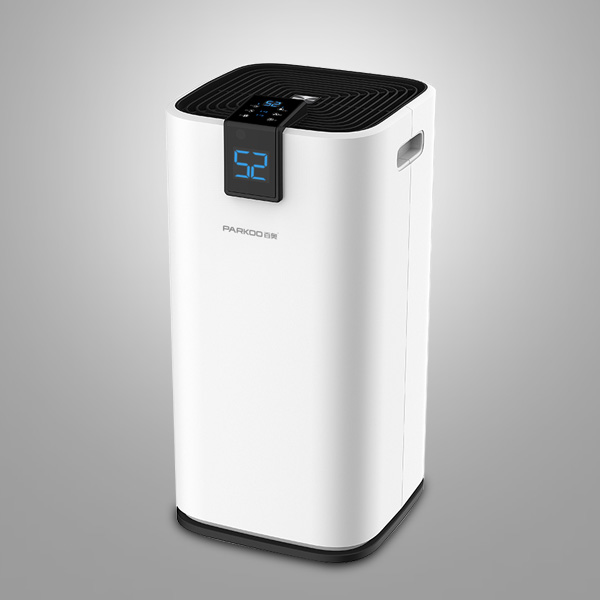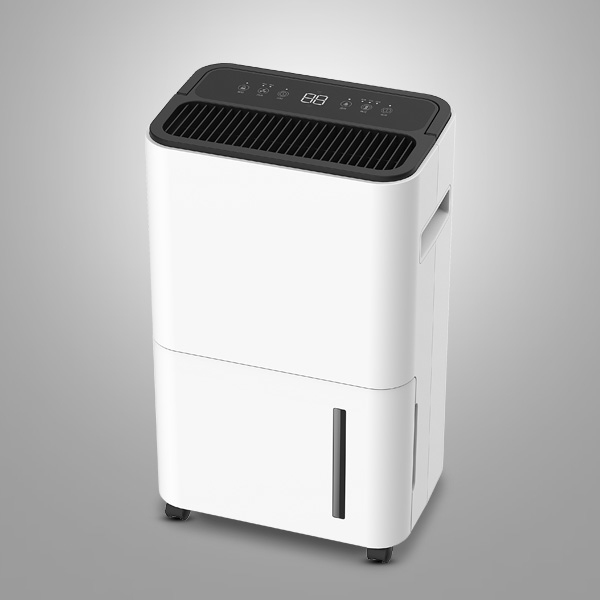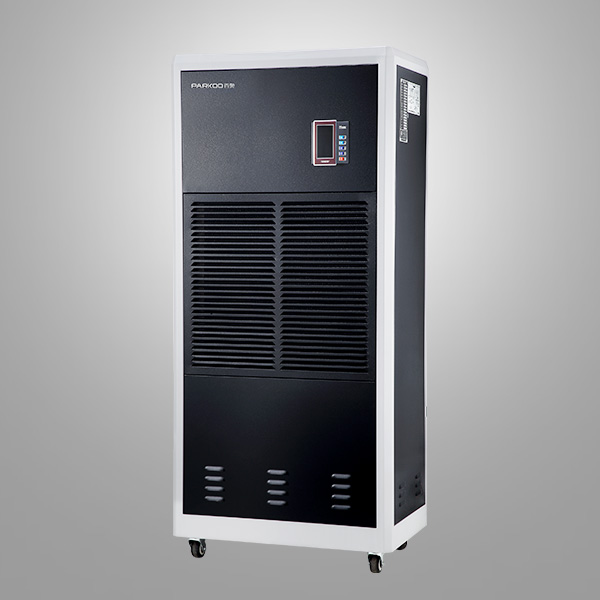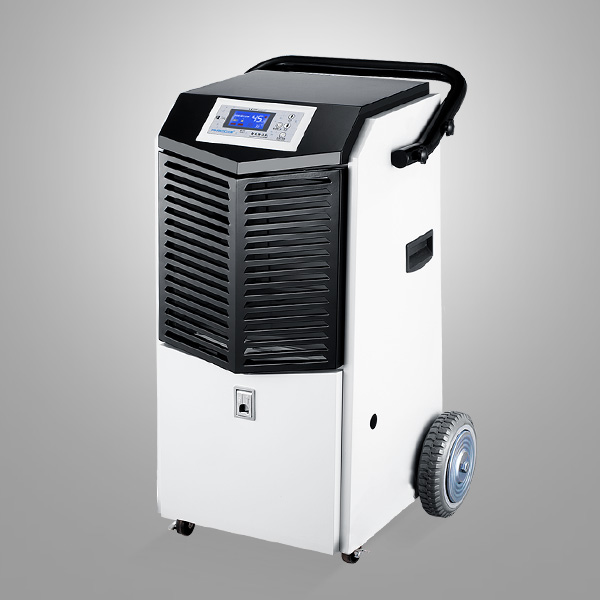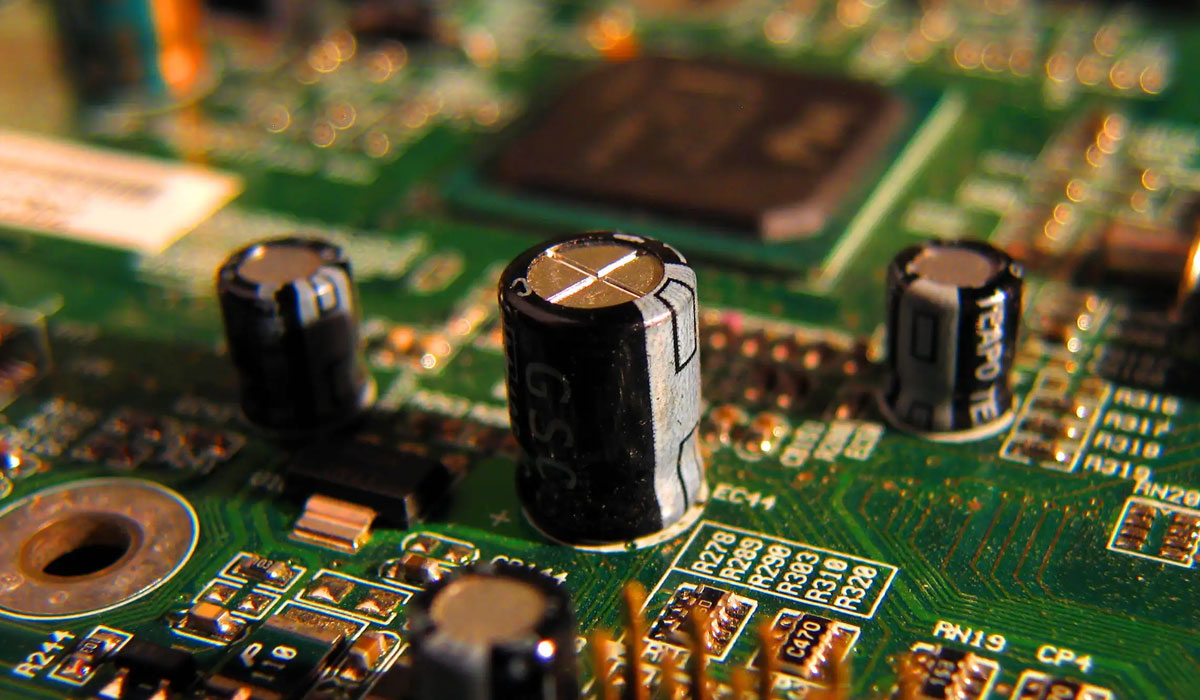For most wine enthusiasts, their wine collection is a valuable investment that you simply cannot afford to put a dollar into. Your wines are similar to automobiles when it comes to protection and care. They require maintenance for optimal enjoyment and performance. Even if you have air conditioning in your home, the cooling unit in your wine cellar is still important.
How do wine cellar cooling units work?
A wine cellar cooling unit will help maintain a constant level of humidity, which is very important when it comes to creating an ideal environment in your cellar. Most people don't realize how often the temperature and humidity in a room changes from day to day and how difficult it is to keep your wine in the optimal environment.
For wines, the ideal humidity range is 50 to 70 percent. It is especially important to keep your wine within this range, primarily to keep the cork healthy. If your pantry is too dry, the cork will dry out as well. A fragile or shriveled cork is not something an enthusiastic wine collector wants to experience. On the other hand, if your cellar is too humid, your cork will mold and cause contamination.
While it's necessary to evaluate the amount of money you spend each year on adding to your collection, it's also important to understand that keeping storage temperatures and humidity levels correct and accurate is key to maintaining a collection. For amateur collectors and enthusiasts, investing in a cooling unit for your wine cellar is a wise, smart investment.
It is also useful to know the temperature to maintain in your cellar when keeping in mind the humidity range for wine storage (50%-70%). Indeed, light, vibration or temperature changes are also factors that affect the aging of a collection. The true range in which wine can be safely stored remains a debate between professionals and laymen, although the most common range is 50 to 59°F.
If a wine becomes too hot, it will spoil or become "cooked" depending on the length of exposure. If the wine becomes too cold, it will freeze. Freezing causes expansion, which can cause the cork to partially squeeze out, exposing the wine to oxygen. Drastic temperature fluctuations can also be dangerous, so it is advisable to try to keep the cellar at a constant temperature.
It is always useful to remember that temperature contributes to the maturation process, where humidity keeps the cork in optimal condition. The two are intrinsically linked; rapid changes in temperature can affect the humidity in the cellar. With all these facts, you can understand why many wine collectors consider the cooling center to be the "heart" of their cellar.
Types of wine cellar cooling units
There are several types of wine cellar cooling units to consider when choosing the right one for your wine cellar. It is important to do some research and evaluation of your wine cellar before choosing which cooling unit to use to maintain the perfect humidity and temperature for your collection.
1. Self-sufficiency
A self-contained, or through-the-wall cooling unit is self-contained and works well in a wine cooler and some wine rooms. It is important that these units have adequate ventilation to ensure they remain at your desired temperature.
The self-contained cooling units have the evaporator and condenser mounted together. This compact design makes the installation process quick and easy, and you can forgo the help of a refrigeration technician. This will reduce your overall installation costs.
Additionally, the stand-alone cooling option does not involve ductwork or refrigeration lines because it is essentially just a stand-alone cooling unit. This type of cooling unit is also known as "through-the-wall" because it is often installed and vented through a wall. Due to the ease of installation and general maintenance, this is often the most popular and cost-effective type of wine cellar cooling.
2. Split Systems
Ductless split systems allow for the separation of the condensing unit from the fan coil, these systems are made for wine cellars where proper ventilation cannot be provided directly. The evaporator coil portion of the unit will still be located in the cellar with your wine. However, the compressor, fan and coil of the cooling unit will be located outside of the wine cellar or possibly in an adjacent room.
This helps to provide proper ventilation for the cooling unit. A flexible hose or cooling line connects the external unit to the internal unit. Split systems are praised for their efficiency and have a longer life than self-contained units.
In addition, because the compressor, fan and coils are located in another space where you keep your wine, your cellar will be much quieter than with a typical stand-alone unit. Since the part of the unit that generates most of the noise will be separate from your collection, you won't have to worry about your wines being affected by the vibrations of the cooling unit, which some enthusiasts believe can affect the aging of red wines.
3. Piping system
A ducted cooling system is perfect for those collectors who don't want any kind of unsightly equipment or units inside a cellar of any kind. Using a cooling unit that utilizes a ducted system allows the unit itself to be kept out of the cellar while still providing high quality air conditioning.
Since this type of system allows you to place the unit farther away than other options, ductwork is essentially the quietest unit, producing the least amount of vibration that could affect your collection. This option offers outdoor or indoor placement for your equipment, depending on the facility that best suits your cellar.
Some units have a temperature sensor behind the return grill that creates a carefully controlled environment. This allows them to quietly cool the air without removing the essential moisture needed for corking. Only excess moisture is removed to maintain proper relative humidity. Some units have audible and visual alarms to alert you if the temperature in your basement is too high or too low. It's important to find the best wine cellar cooling unit for your collection, home and budget.
